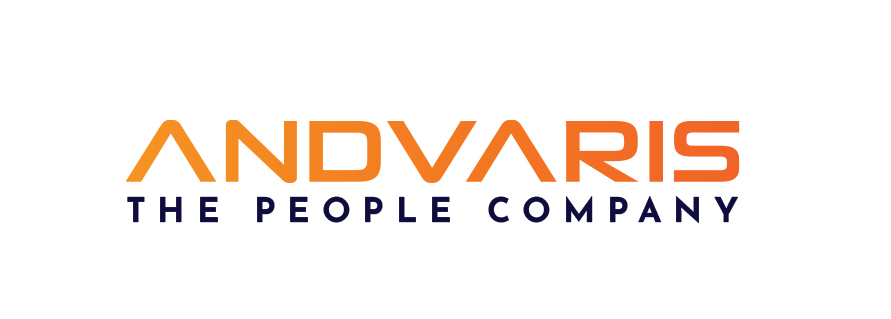The global adoption of Vendor Management Systems (VMS) among companies with more than 1,000 employees has skyrocketed from just over 50% in 2009 to 79% in 2023. During this period, VMS has evolved from a system of record which mainly supported processes where contingent workers were sourced from staffing agencies (vendors) to supporting workers sourced through services contracts (Statement of Work and Outsourced services). Additionally, it now supports the direct sourcing of contingent workers though company-specific attraction programs.
A number of factors have propelled this evolution. This includes buyers becoming better informed and striving to deliver greater value to stakeholders, HR’s heightened interest in the strategic value of the contingent workforce, the development of more efficient and accessible technology solutions to attract talent, and the demand for programs that bridge skills gaps amid the growing skills shortages.
Consequently, buyers are increasingly requesting meaningful data analytics, benchmarks and insights to inform sourcing decisions and improve efficiency. Automated tasks and AI emerging as new in-demand skills, alongside existing skill gaps in advanced markets, are redirecting efforts to focus more on completing work. This has led to diminishing attention to worker type.
Data from SIA’s Workforce Solutions Buyers Survey shows an NPS score
